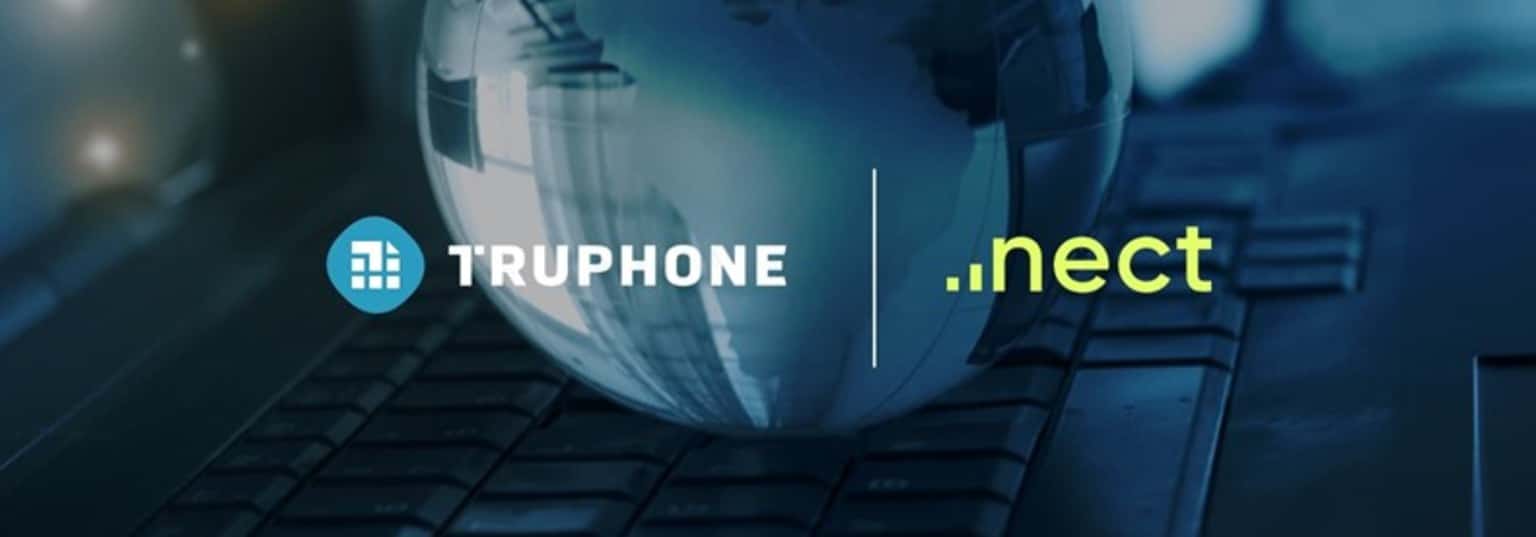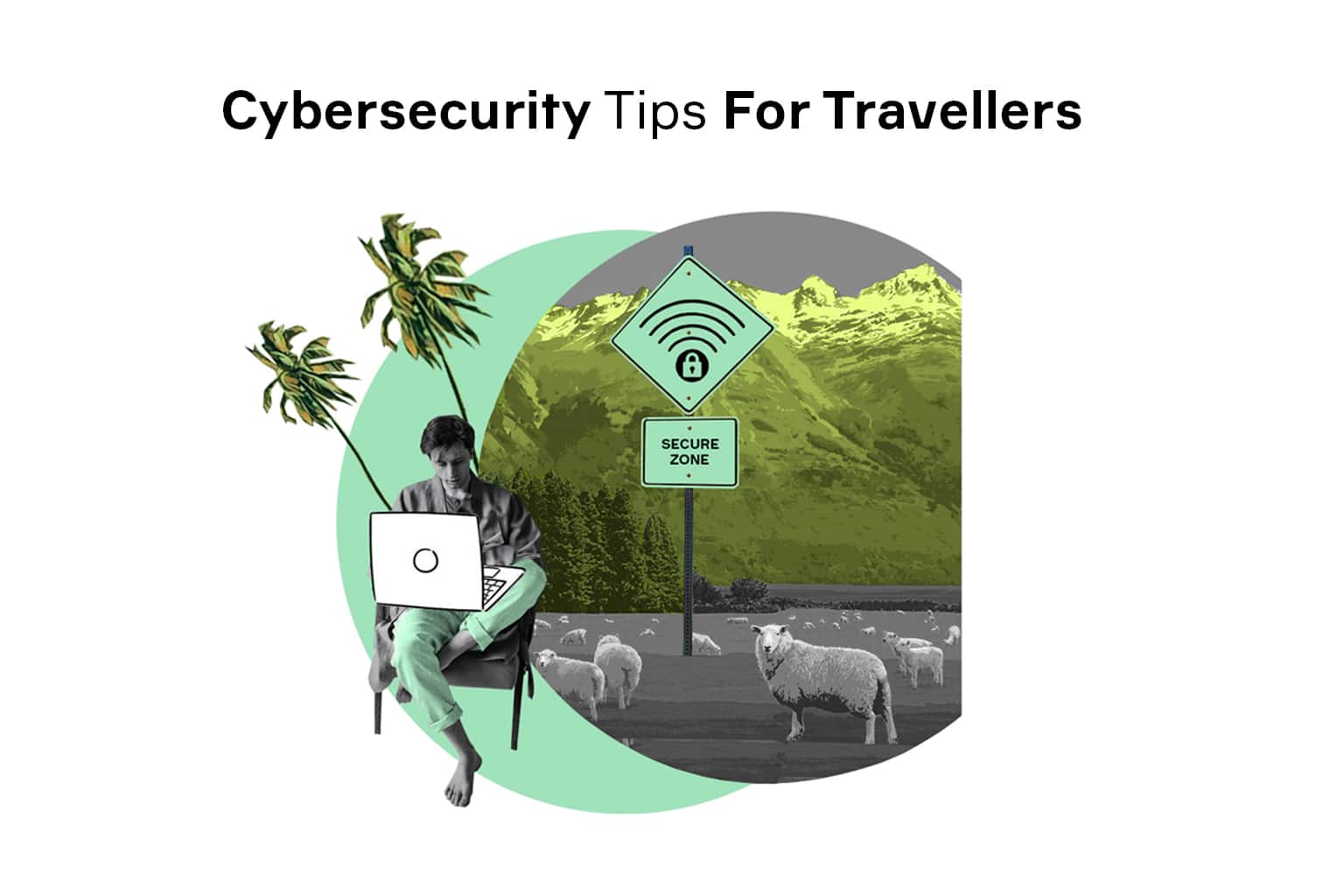
Modern workplace environments are as diverse and flexible as ever before, opening an endless field of possibilities for the pickiest workers out there. From buzzing offices to cozy coworking spaces to the comfort of one’s home, there’s no shortage of choices. However, this abundance often comes at a cost, with employees struggling to stay productive. Fortunately, there are plenty of clever ways to keep the edge without ruining the joy of creative and inspiring workflow. Here are some that, when done right, may save the day for you.
1) Organize Your Workplace
You can probably come up with dozens of small details that you could improve in your work and still overlook the one that matters the most – your actual workplace. In fact, there are more ways your desk influences the way you work than you realize.
First, there’s the aspect of ergonomics, which can be boiled down to the eternal debate between creative mess and minimalist tidiness. Obviously, there is no one-fits-all solution, with some people being uneasy sitting at the desolate plain of the empty desktop while others quickly getting lost in piles of clutter. However, there’s ample evidence that the abundance of visual distractions does harm our brain function. So no matter how you embrace the chaos on your desk, don’t let it gain control over you.
Second, there’s the physiological dimension to it. There are quite a few health issues you could develop simply by using the wrong chair and desk configuration:
- Back, shoulder, and neck pain
- Musculoskeletal disorders
- Blood circulation issues
- Eyestrain
- Inflammation
- Weight gain
Even when these issues are temporary, they will distract you from doing your job. Ignore them for longer, and you will end up with chronic conditions that will destroy both your work and daily living. So the next time you notice your back hurts after a long and stressful day, do yourself a favor and check the recommendations on healthy workplace ergonomics.
2) Fidget to Focus
You remember how it goes: you are in the middle of a difficult problem, struggling to arrive at the right answer and bored out of your mind. Then you suddenly realize you are clicking your pen, tapping on the desktop, or spinning the ring on your finger – again! Angry and annoyed, you wonder how many working hours that nasty habit has cost you thus far.
The surprising answer is “far fewer than you think.” In fact, fidgeting may have helped you stay productive this whole time. It is true that these little activities are annoying for those around us, which is probably why school teachers are not thrilled about them. However, their alleged negative effects on our ability to concentrate are probably overblown, if not downright wrong.
While there is no clear understanding of the purpose it serves, scientists agree that it has a positive impact on attention. In simple terms, this rudimentary motor activity stimulates the unallocated areas of the brain to help the busy ones stay on track. In other words, it helps you to stay focused by distracting the part of you that is idle anyway.
Of course, this does not mean you should force yourself into a pen twirling routine every 15 minutes. Fidgeting works differently for everyone. Luckily, there are tons of options for you to choose from:
- Pens
- Tangled toys
- Putty
- Spinning tops
- Sandboxes
- Rings
- Magnets
- Clothespins
Most of them are available both as commercially produced toys and as everyday items. Just make sure that this habit does not interfere with your work and remains what it should be – a fun side activity that keeps you comfortable and relaxed.
3) Choose a Productivity Tool
Productivity tools are the absolute leaders in the productivity enhancement domain, and perhaps the most obvious tips on the list. However, it is also the most controversial one (more on that later). On the one hand, the promised benefits of using productivity suites and tools are staggering. Moreover, you probably have a friend or three who claim their productivity has skyrocketed after they subscribed to one of these services.
On the other hand, it is worth remembering that many of these tools are a part of the enormous and profitable market, which means you should take these promises with a grain of salt. What’s more, some of them are so bent on showing their effectiveness that they become a chore in their own right, demanding your attention and not giving anything in return. So tread carefully: feel free to switch to simpler ones if you feel overwhelmed with reminders and don’t hesitate to stop using them at all if all you get is pressure and distraction.
4) Have a Reliable Internet Connection
The ongoing COVID-19 outbreak has presented humanity with unprecedented challenges in numerous fields, including education and employment. More than anything, it has revealed just how much we rely on social connections and how dramatic the effects of prolonged mandatory isolation can be. Fortunately, by now, we already have an enormous communication infrastructure that could see us through the entire thing unscathed. In fact, with the Internet all around us, we may not need to bother going to work in the first place.
Or that’s what the optimistic perspective was. Once the lockdown came into full swing, those of us depending on the Internet connection quickly realized just how fragile and unstable the thing actually was. Here are just a few of possible problems you may encounter:
- Interference ruining your router signal
- Damaged cable
- Improperly configured device clogging the network
- Faulty hardware
- Trouble on the Internet provider’s side
Any of the above will be a mild annoyance for someone trying to binge-watch a show on Netflix but a massive issue if you depend on the Internet for your work. All in all, a stable connection is essential for staying productive.
Fortunately, there is no need to rely on a wired connection anymore. The introduction of the fourth-generation mobile networks, better known as 4G, has brought us an affordable and fast alternative that is not tied to a physical location. What’s more, portable Internet does not harbor threats associated with public WiFi access points. In this light, a modern LTE modem could boost productivity stifled by staying in one place and serve as a reliable fallback option unaffected by issues of legacy networks.
5) Design Optimal Lighting
Light is similar to air in that we tend not to notice it as long as we get just enough to get us going. And, similarly to air, it is actually vital to our performance. This is especially true for indoor spaces where we work most of the time. Poorly lit offices and households can cause issues that range from nuisances to major health issues:
- Eyestrain
- Drowsiness
- Headaches
- Sleep pattern disruption
The latter is probably the least evident. Nevertheless, recent studies indicate that light properties are among the main factors influencing our circadian rhythms. In simple terms, our brain uses it to decide when to put us to sleep or keep us awake. This also means that we can easily throw our internal clocks off by a poorly selected and placed artificial light source such as a cheap desk lamp.
What’s more, adequate lighting actually defines our mood throughout the day and, by extension, creativity and performance. In this light (ahem), choosing a circadian light source is essential for productivity.
6) Arrange Visual Space
Unless your work is still entirely digital-free somehow, you spend at least some time looking at the display, most likely a computer monitor of some kind. These devices are the main way of interacting with software and come in all shapes and sizes. If you are a graphic designer, you will have quite specific requirements for resolution or color accuracy. Otherwise, almost any consumer-grade model will suffice no matter how much software you use.
That’s how it seems, anyway.
Once the concept of multitasking was introduced in early Windows operating systems, we quickly got used to tabbing between applications. For many years, it solved every imaginable problem Your Productivity complex working environments while bigger screen sizes and UI improvements took care of minor inconveniences. However, nowadays, every single work routine, from communication to task management, has shifted to the digital domain. So it is easy to get overwhelmed trying to stay productive while responding to emails, switching between documents, and answering questions in Slack.
If this sounds familiar, you might want to set up more than one monitor at your workplace. Sure, it sounds quite cumbersome and requires a lot of space – but it does pay off. A study by Dell revealed several benefits of using multiple monitors, including
- Faster task completion time
- Easier information processing
- Perceived usefulness
- Overall user satisfaction
Similar results were shown by the Fujitsu-Siemens study, in which three-display setups led to a 35.5% increase in productivity. Of course, not every work environment allows that, but if yours does – don’t miss a chance to try.
7) Don’t Play by the Book
By now, you have probably noticed one common thing in all of the tips above: neither is sure to work for everyone. As one wise man once said, “You’re all individuals,” so any given approach may never work for you no matter how much scientific and anecdotal data suggests otherwise.
Of course, it also works the other way around too – there are always things that will make you productive even though theoretically they shouldn’t. Getting inspiration from adding zeny items to your desk? Go ahead. Feeling positive vibes from a potted plant? Sure, why not. Getting the work done faster with a humidifier nearby? By all means, do it. Noticing that a certain song does miracles to your workflow? Get those headphones on.
Customize your workplace to your heart’s content and don’t let anything stand in the way of your creativity – just make sure it doesn’t turn into a distraction.
Originally published at www.techbullion.com



